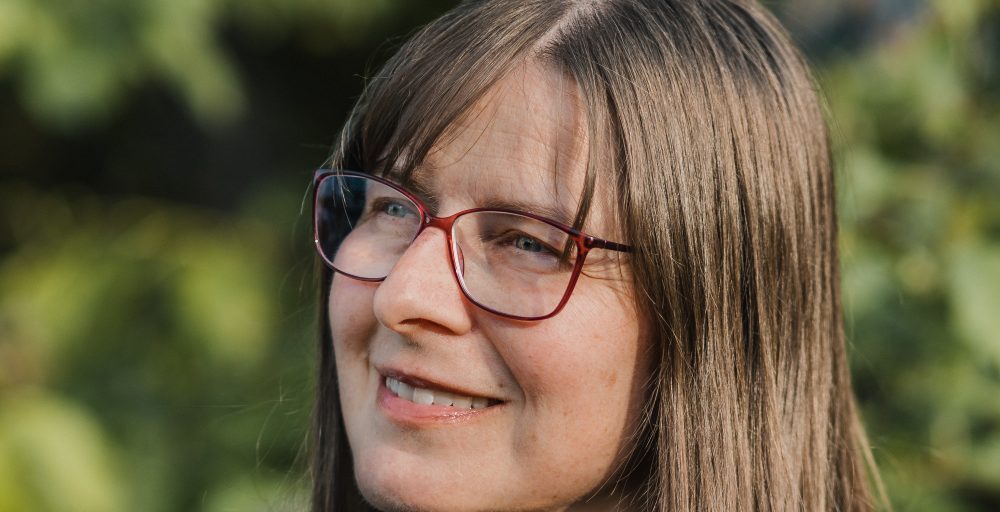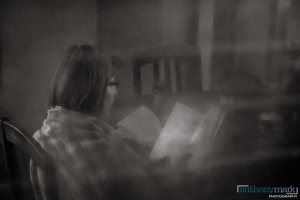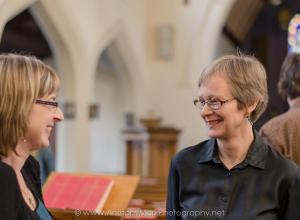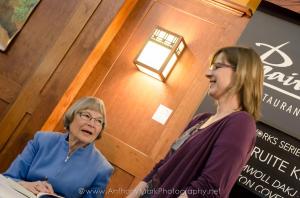I found “The Next Big Thing” blog meme on Ariel Gordon’s blog (http://janedayreader.blogspot.ca) and although I’m sure it’s meant for award-winning, well-known, or at least already-published writers, I thought it would be fun to play along, if for no other reason than to refocus my own thoughts on my project. So for all my adoring readers, here’s the scoop on my next big work in progress:
What is the working title of your book?
You’re Not Nisselling.
When my daughter was a toddler, we had to have a girl-English glossary on the fridge, so that babysitters and visitors would know what she was saying. “Dew” was milk, “Beep beep” meant nuke it, and “sssss” was short for “cheddar cheese cubes please.” “You’re Not Nisselling!” was my daughter’s “You’re not listening!” and it came out quite often at the dinner table, often accompanied by tiny pounding fists, because we couldn’t hear her over her brother’s echolalic repetition of all the books, radio announcements, cartoons, conversations, and commercials he’d heard during the day.
I chose it as a title because often we don’t hear other people’s words or feelings, and poetry is a way of rectifying that, a deeper form of attentiveness. Particularly with children on the autism spectrum, since they communicate differently and unexpectedly (often wordlessly), we miss or misunderstand what they’re telling us. And what the Creator is telling us through them. I wanted poetry to give them and their parents a voice by representing a range of experiences and emotions, both devastating and exhilarating, world-shattering and everyday.
Where did the idea for the book come from?
From life. Most poets start with personal lyrics, and I’m too new at the game to have that out of my system yet. When I began seriously writing poetry in spring 2011, I wrote elegies for my four grandparents and my miscarried child. But it wasn’t long before my Aspie children’s idiosyncrasies and injustices started creeping into my poems.
What genre does your book fall under?
Poetry.
Friends ask me when I’m going to write a real book about my life. This is it, folks. If you want it in prose, call me and I’ll rant all you like. If you want to read it the way I want it to be read – that is, molded and redeemed into something beautiful – then read my poetry.
Which actors would you choose to play your characters in a movie rendition?
Thomas Horn would play my son K because a) he was adorable in Extremely Loud, Incredibly Close , b) He’s interested in languages like K is, and chose Mandarin for a K-like logical reason: it’s the most common first language in the world, so you can talk to the most people for the same amount of effort, and c) He’s smart enough to know the capitals of anywhere and win $31,800 on Jeopardy.
Link to pictures of Thomas Horn>
Or perhaps Justin Bieber. He’s almost as cute as K, and I’d be taken off G’s “worst mother ever” list (for making her clean up her laundry in Cinderella-like fashion) if she actually got to meet him.
I have no idea who would play G (who could possibly recreate all her expressions?), but I’ve decided Amy Adams would be me. Someone once told me I looked like her and whether or not she was correct, I’d say it was quite a compliment.
What is the one-sentence synopsis of your book?
My book is a poetic exploration of the heart-breaking, exasperating, silly and soaring moments of parenting a child on the autism spectrum from pre-pregnancy genetic testing to (heaven-help-me) puberty.
Will your book be self-published or represented by an agency?
I’ll keep submitting it to publishers, starting local and moving outward, until I find one. If every publisher on earth rejects it, I’ll revise and start over.
How long did it take you to write the first draft of your manuscript?
I began working on it during my Writers’ Guild mentorship with Meira Cook last January-May. On my MAC grant application, I gave myself until July to finish the first draft, but I already have some 70 poems in the collection, so I’ve begun spending more time on the slow work of revision, as I continue to generate new pieces (just less feverishly). I’ll probably take another year to revise, and then start sending it out, which could take years of waiting and rejection (let’s try not to think about that yet).
What other books would you compare this story to within your genre?
This seems a bit pretentious, since any book I’d compare my work with would be so much better because it’s already been edited, revised, and deemed worthy of publishing. But I do have a model: Julie Cadwallader-Staub’s Face to Face, a collection about her journey through her husband’s cancer from diagnosis, through illness, death, grieving, and moving on by herself. It’s a fitting guide because of the thematic and chronological nature of both our works, and the exemplary way she weaves humour and pain on the framework of honesty, hope, and faith – a tone I strive to emulate.
Who or what inspired you to write this book?
I am blessed to live in Winnipeg, surrounded by poets who are not only talented, but exceedingly gracious:
My mentor Meira Cook, without whose encouragement and guidance I would likely not have a focus, a grant, publishing credits, or the confidence to keep going.
My writers’ “group” and friend Joanne Epp, willing to take a few hours out of every month to gently critique my poems.
My sister-in-law Luann Hiebert, who shares my love of poetry, reading her work with me at events and calming my nerves.
Sarah Klassen, who challenges me to be purposeful and transparent in all my word choices.
Jennifer Still, who treats me like I’m already a “real” poet (even though I fear my nose is growing every time I claim to be one), who smiles thoughtfully and nods appreciatively at my wordplay.
Sally Ito, whose wise, kind words and biblical imagery always give me creative energy.
Roo Borson and Erin Moure, workshop teachers from elsewhere, so experienced and accomplished, and yet affirming of my skills and experimentations.
Don McKay and Mary Oliver, whom I’ve never met, but who, through their vastly different but equally beautiful poems, challenge me to continually grow both more complex and more simple.
What else about your book might pique the reader’s interest?
My book is for anyone who has experienced parenthood, felt different, enjoyed words, met an Aspie, lost a dream only to find a new one…. Did I miss anybody? It has purple squirrels and culvert people, sofa rockets and Walmart shoefiti, preschool welding kits and elementary school moonings, Darth divas and a whole lot of childish fun and grownup hair-tearing.
Besides all the other poets I’ve mentioned, I’d love to hear more about the work in progress of Joanne Epp (http://joanneepp.com), novelist Dora Dueck (http://doradueck.wordpress.com), Sally Ito (http://sallyito.com), non-fiction writer Dorothy Siebert (http://dorothysiebert.wordpress.com), and Julie Cadwallader-Staub (http://www.juliecspoetry.com). (I think that’s all the writers for whom I have web addresses!)
* * *
Rules of the Next Big Thing
Use this format for your post
Answer the ten questions about your current WIP (work in progress)
Tag five other writers/bloggers and add their links so we can hop over and meet them.
Ten Interview Questions for the Next Big Thing:
What is the working title of your book?
Where did the idea for the book come from?
What genre does your book fall under?
Which actors would you choose to play your characters in a movie rendition?
What is the one-sentence synopsis of your book?
Will your book be self-published or represented by an agency?
How long did it take you to write the first draft of your manuscript?
What other books would you compare this story to within your genre?
Who or what inspired you to write this book?
What else about your book might pique the reader’s interest?
* * *



